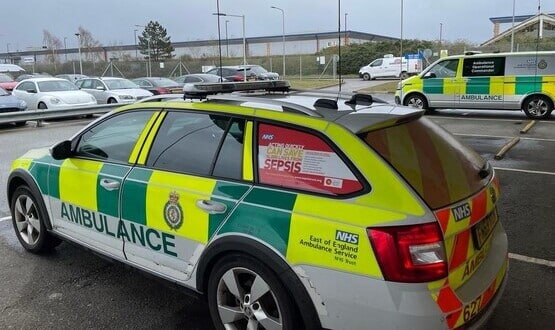Automated prompt system paves way for better neonatal care at GOSH
- 16 January 2019

Technology has played a key role in improving care for neonatal patients at one of the UK’s largest children’s hospitals.
By updating existing technology to create an automated prompt system, staff at Great Ormond Street NHS Trust (GOSH) have reduced the number of babies who miss out on routine testing and streamlined specialist services for those who need them most.
They’ve also developed a real-time report on patient data, enabling clinicians to access vital information on a baby at the touch of a finger.
Using the existing Patient Information Management System (PiMS) the development team were able to create automated alerts for nurses when a baby became eligible, using information like their age and ward number already recorded in the management system.
Once the information was captured, the system then engaged the Microsoft SQL Server to send out an automated email alert to nursing leads on the ward.
Emma Scott, quality improvement manager at GOSH, said: “This acted as a fail-safe for managers to ensure compliance on their wards and identify training opportunities,
“In order to ensure the tool was sustainable, the development team created a web interface that enabled the neonatal nurse advisor to amend the contact details of nurses receiving the email prompts as required, without requiring back-end support from the developer.”
Since the prompt system has been in place the number of babies referred for bloodspot testing in the required time frame has increased from 93 per cent to 98 per cent.
Repeat test numbers have fallen more than 60 per cent, from 31 per cent to 11 per cent.
Bloodspot screening is a simple test using a drop of blood from a baby’s heel that enables early detection, and therefore treatment, of nine serious conditions including cystic fibrosis, sickle cell disease and metabolic conditions.
The Trust has also focused on the delivery of a real-time patient report, using the electronic patient information system, that was easily accessible for clinicians.
Similarly to the prompt system, it was developed using technology that already existed in the hospital.




